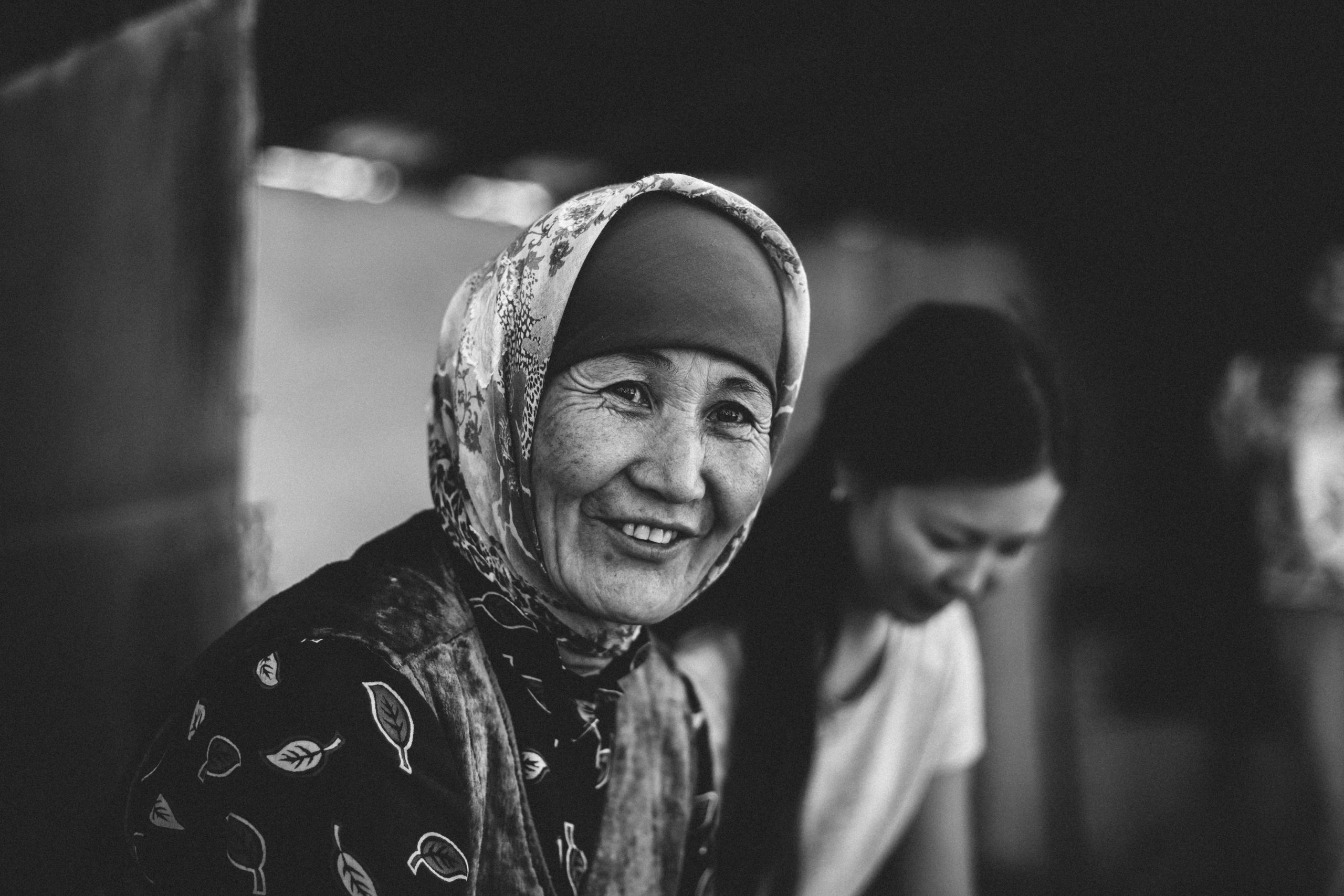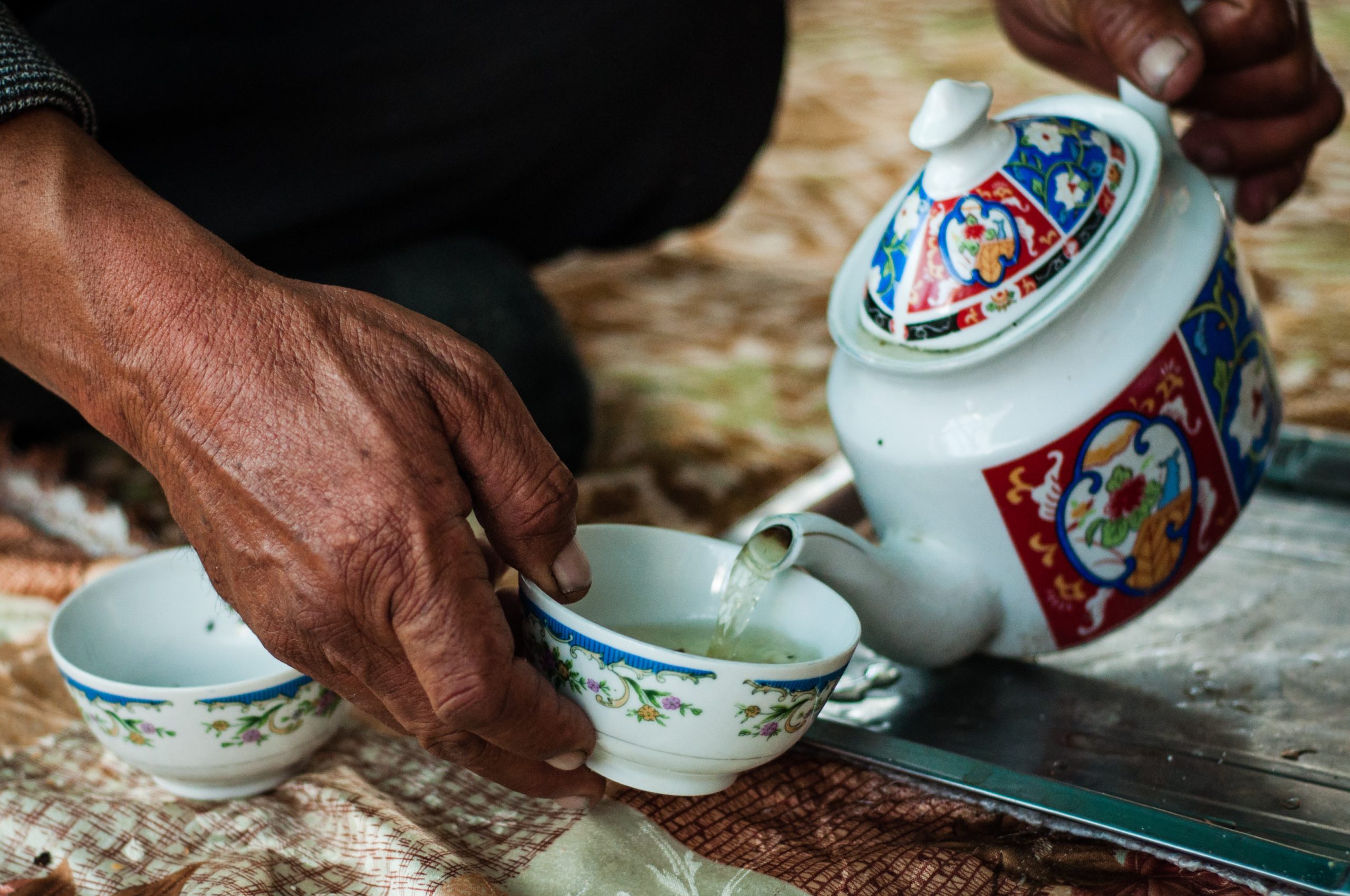
Tajikistan is a country of beautiful people, hospitable and able to infatuate everyone. Experienced by the turbulent history and challenging present, they seem to enjoy their life living in poverty while appreciating the tiniest things. Crystal-clear water, fresh air, and mountains – it is a simple recipe for their happiness.
While visiting the country, you may be surprised how welcoming citizens they are. Despite the poverty and modest life they live, Tajikistan people will make every effort to host you like their own family member and make you feel at home. Keep on reading and get to know who are the inhabitants of this remote unknown land, by many considered a forgotten part of the world.
Tajiks or Tajikistanis?
The inhabitants of Tajikistan are referred to as ‘Tajiks’ or ‘Tajikistanis.’ There is a subtle difference between those two names. The first one is usually related to the ethnic group of Tajik people, while the second name, ‘Tajikistanis,’ is more frequently used to address Tajikistan citizens.
The Tajikistan population is around 9,71 mln people, which constitutes 0.12% of the overall world population, ranking Tajikistan no. 95 on the list of world countries in terms of population. The average age of Tajikistan people is 22.4 years.
Ethnic diversity
About 84 % of the whole population of Tajikistan are Tajik people. The first largest minority living in Tajikistan are Uzbeks (around 12%). The remaining ethnic minorities constitute a tiny percentage of all the citizens.
The ethnic diversity of the Tajikistan population is enhanced by the fact that Tajikistan is a country of quite a few immigrants, e.g., Armenians, Belarusians, Lithuanians, Romanians, Koreans, Kazakhs.
Main minorities living in Tajikistan:
- Uzbeks
- Kyrgyzstan
- Russians
- Turkmen
- Tatars
- Arabs
- Pamir people
Historical turbulence
Struggle for power, ubiquitous corruption, and religious tension led to the internal conflict in Tajikistan. Despite gaining independence from Russia in 1991, the country had to face another turbulent period in the following years. Due to the civil war, about 60,000 Tajikistan people died, while over half a million left Tajikistan forever. Even though the war ended and a truce was signed in 1997, the country still struggles with many problems.
Since 1994, Tajikistan has been continuously ruled by Emomali Rahmon, President of Tajikistan. His government is quite controversial as he even changed the constitution to continue the office. In turn, another time, he banned the country’s citizens from organizing weddings longer than 3 hours. All this just for the sake of hospitable citizens who tend to indebt themselves. These are only a few examples of his untraditional way of governing the country. The authoritarian government of Rahmon leaves much to be desired, and unfortunately, there’s little hope that anything will change soon.
Appreciating smallest things
More than half of Tajikistan citizens live on less than 2$ per day. The majority of them are inhabitants of remote provinces situated among mountain ranges of Pamir and Hindu Kush.
Visiting one of such Tajik villages, you can take or buy some sweets on-site and give them as a gift for children living there. They are open to visitors from ‘the outside world,’ eager to pose for pictures, and you can be sure that such a small gift will put a smile on their faces. As you already know, Tajiks are an extremely hospitable nation, so don’t be surprised if you will be offered accommodation or meals by one of Tajikistan citizens. You can give something back to thank them for their hospitality. Remember that giving them money may be perceived as disrespectful. You’d better choose a little and practicable gift.

Tajik hospitality
When invited to a Tajik house, which is quite probable, it’s recommended to follow some politeness rules to pay back your Tajik host. For example, it will probably be the youngest person who serves the drink when it’s tea time. Hence, you must bear in mind to hold the cup with your right hand. In turn, the oldest family member usually starts the meal, so don’t eat yours first unless you are asked to do it. It’s rude to refuse, so don’t do it!
The traditional Tajik houses have separate rooms for guests, called ‘mehmonhona.’ You can relax here, but you’d better not leave the room. In Tajik culture, women have their individual rooms, and foreigners shouldn’t enter them. Women usually don’t eat with visitors, so if you ask them to join you, the host may perceive it as a lack of respect.
The majority of the Tajik population, nearly 97%, are Muslims. Those were only two simple rules that you should follow so as not to offend your host. Before going to Tajikistan, you can get familiar with the Islam religion to avoid making a faux pas.
Final words
After a trip to Tajikistan, one may say that this country is civilization-free and forgotten by the rest of the world. One thing is for sure, Tajikis are not consumerism-rotten people, and probably we could find only a few similar nations all over the world that can live without the goods of the present world. Visiting such places as Tajikistan may be a perfect life lesson on enjoying the small and simple things. We can learn a lot from Tajikistan people!
To make your trip possible and have the opportunity to meet these incredible people, don’t forget to apply for your e-visa to Tajikistan!
